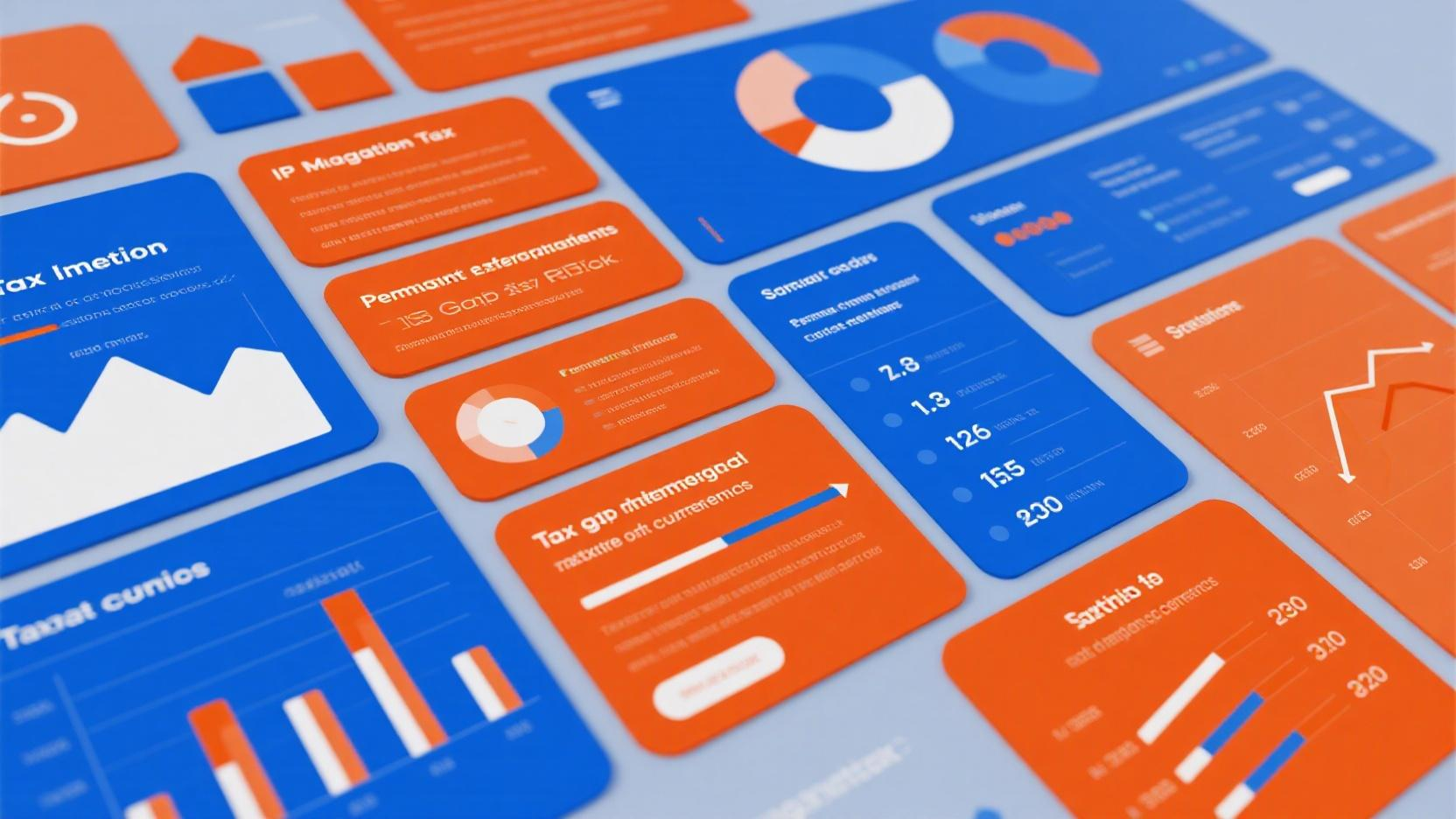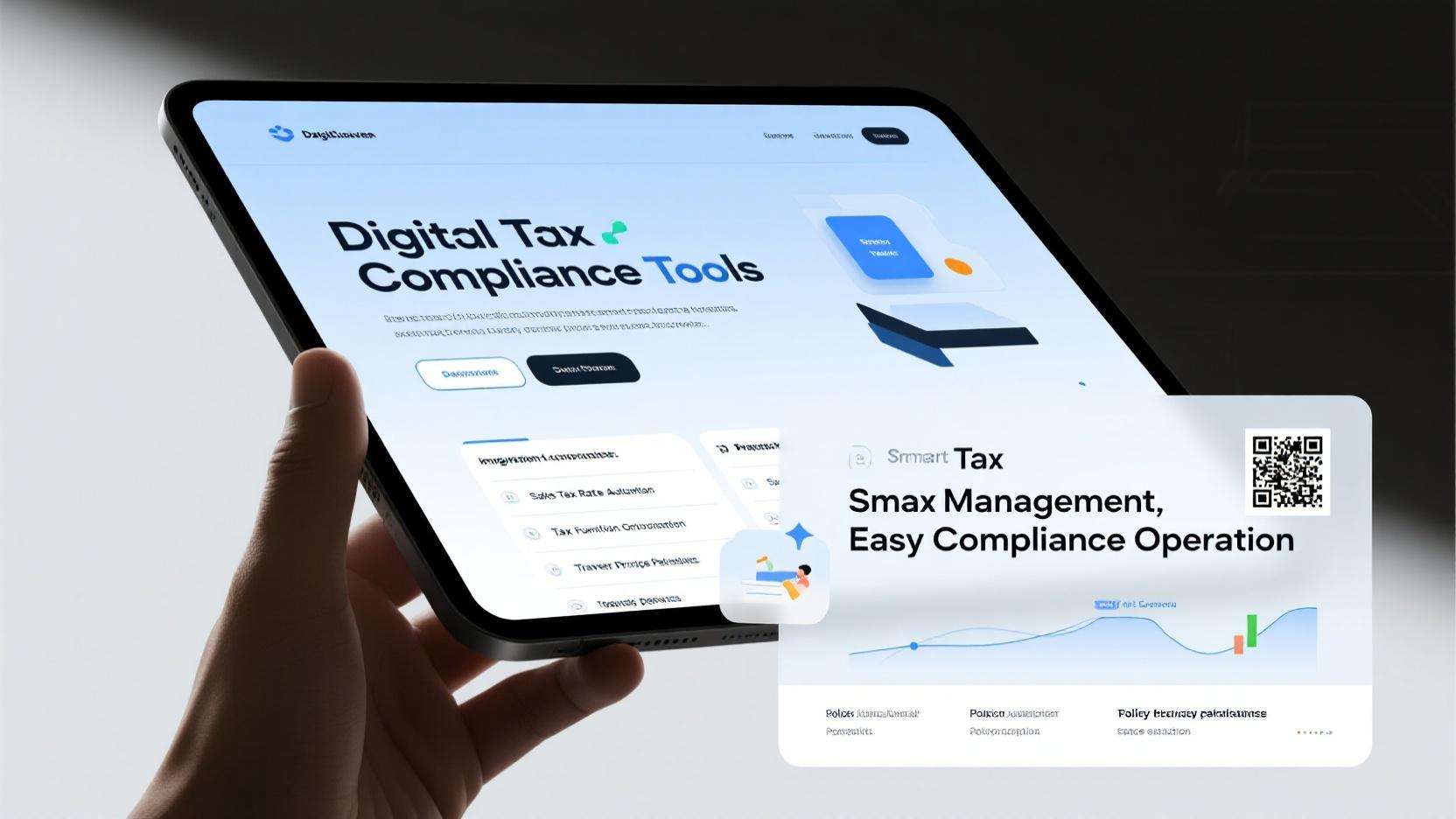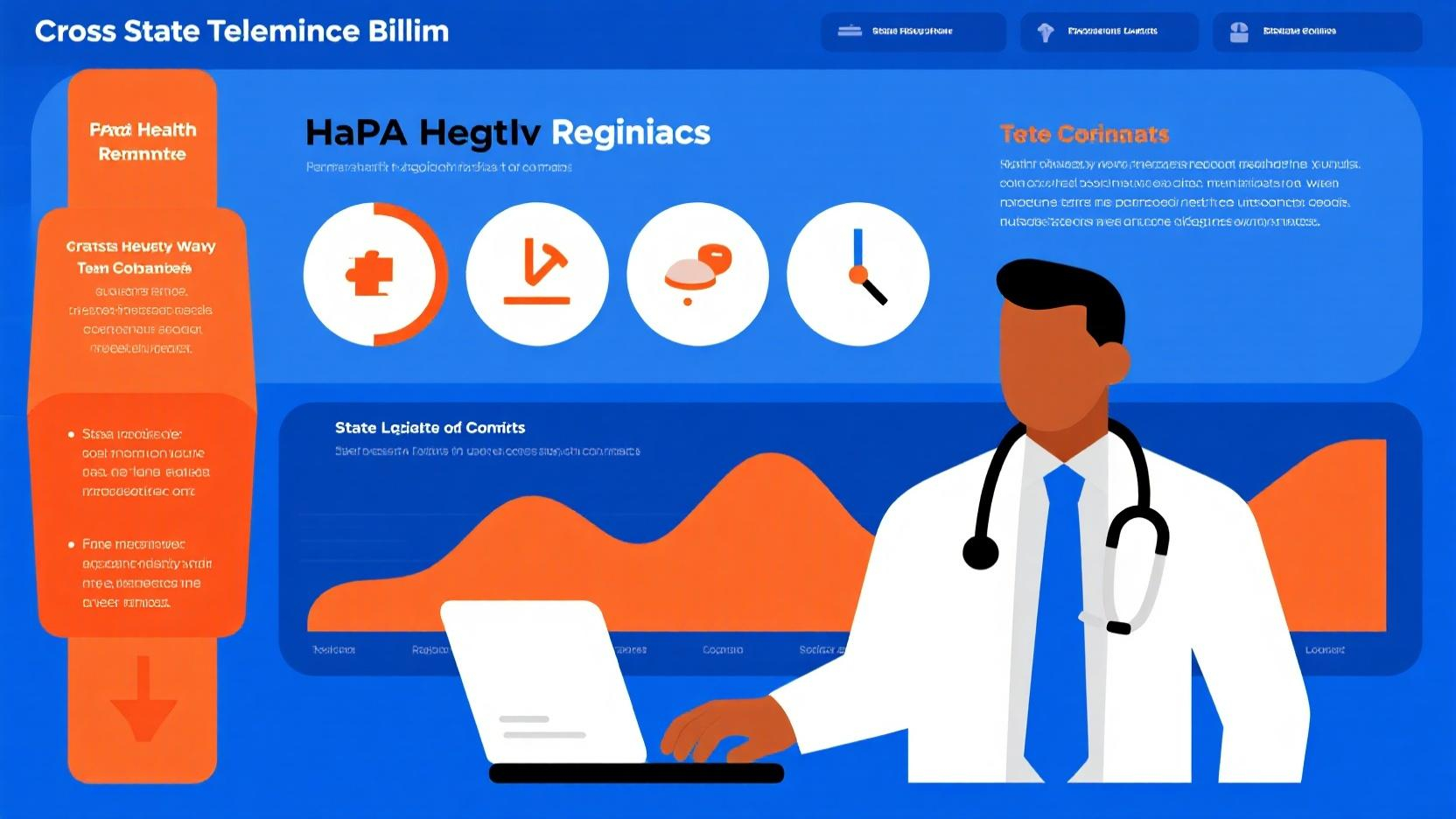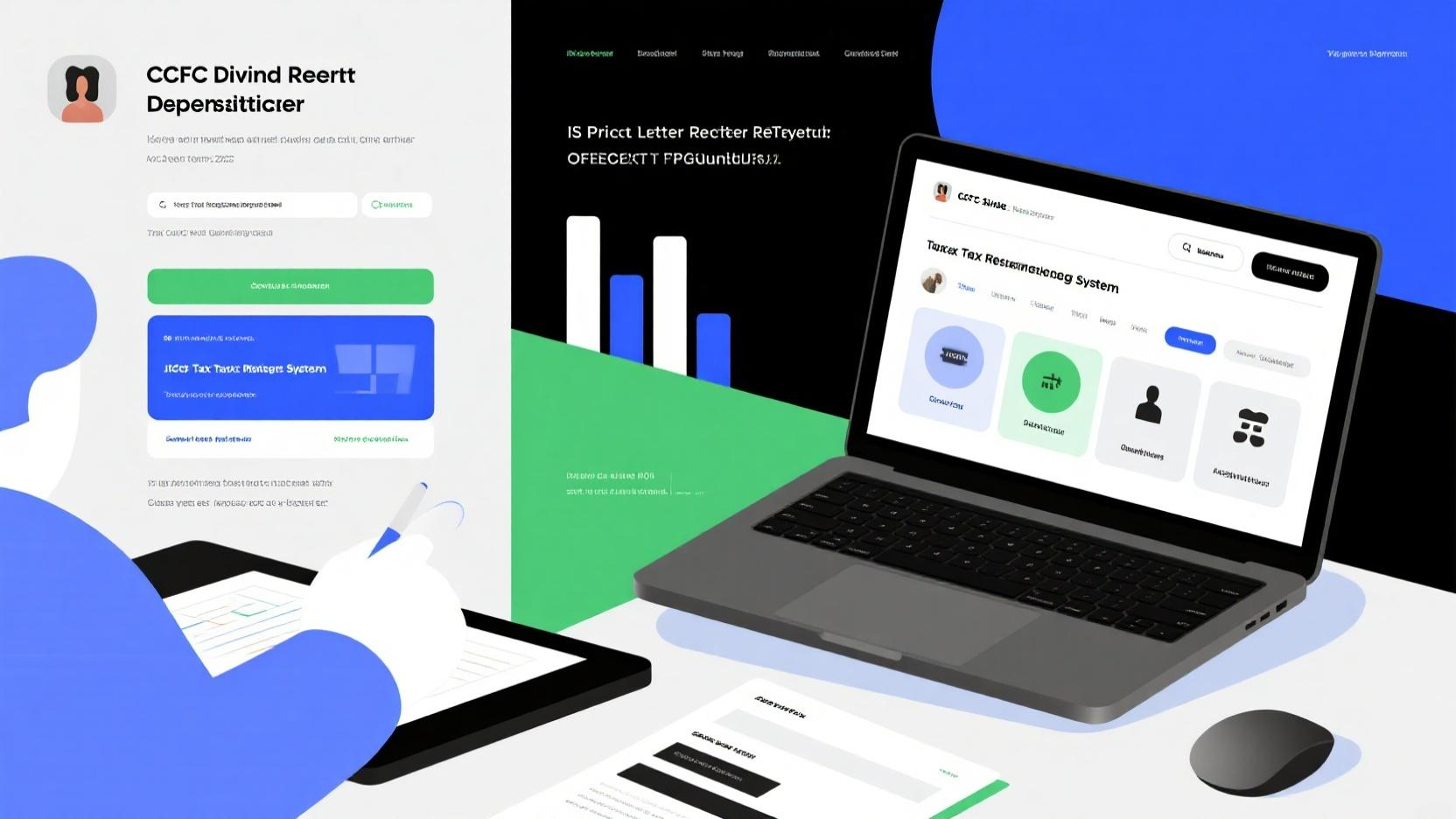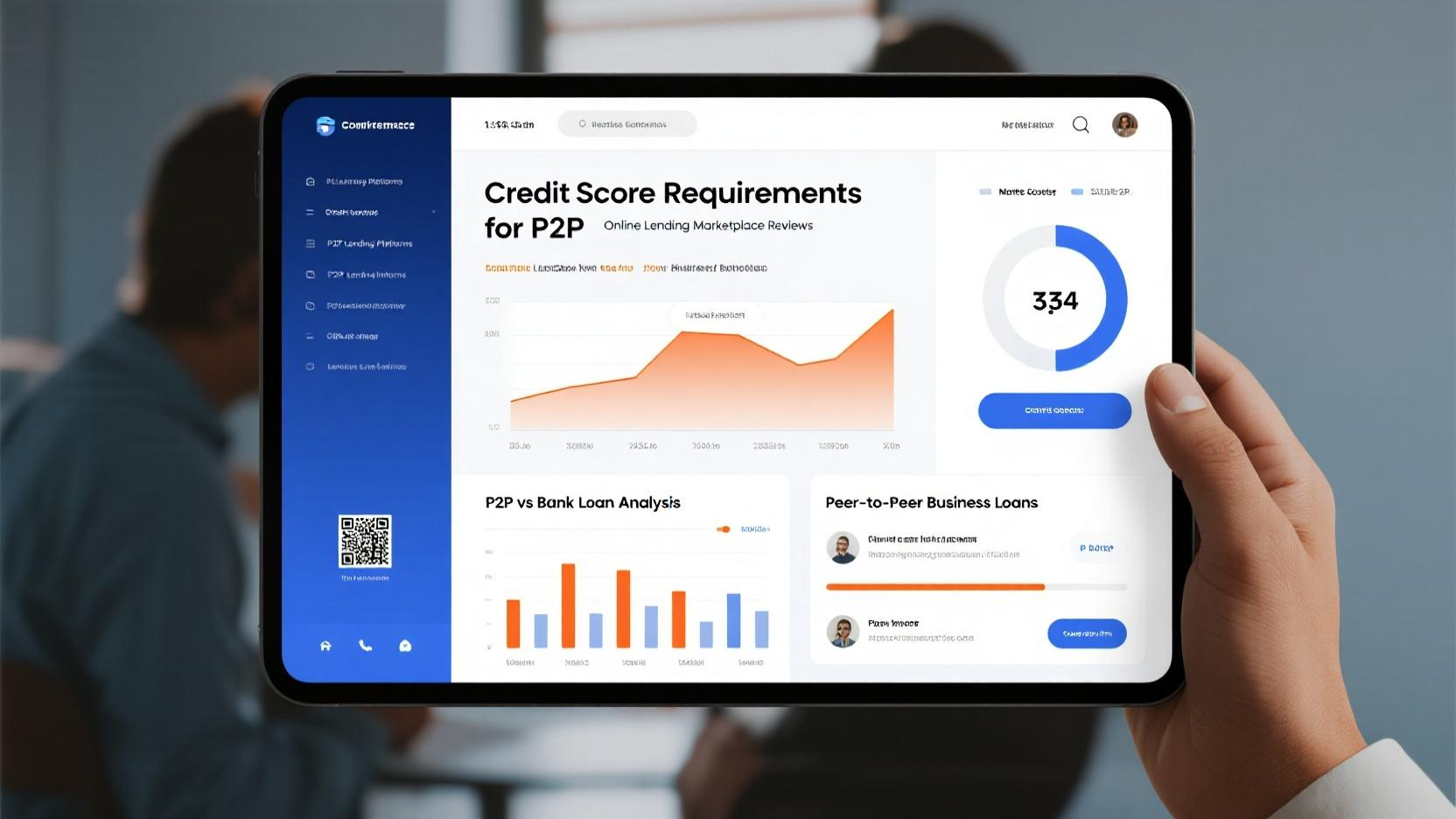Image Source: unsplash
An internal tax control system is essential for corporations to effectively manage their tax obligations. Understanding how to develop an internal tax control system for corporations helps identify risks, establish safeguards, and promote compliance with tax laws. Without such a system, companies may encounter challenges like inadequate risk assessments or poorly designed controls. By integrating tax governance into corporate strategies, businesses can foster transparency, accountability, and alignment with their goals, ultimately building trust and reducing risks.
Key Takeaways
- Setting up a tax control system improves company management. It builds trust and helps businesses handle taxes properly.
- Check and update tax controls often to find problems. Fixing issues early helps follow new tax rules and work better.
- Use technology and train workers to make tax tasks easier. Good tools and trained staff improve accuracy and support rule-following.
The Role and Importance of Internal Tax Controls
Enhancing Corporate Governance
When I think about corporate governance, I see it as the backbone of any successful organization. Internal tax controls play a vital role in strengthening this backbone. They ensure that tax-related decisions align with a company’s overall governance framework. By implementing these controls, corporations can create a culture of accountability and transparency. This not only builds trust with stakeholders but also ensures that tax obligations are met responsibly.
One key aspect of governance is monitoring tax metrics like the Effective Tax Rate (ETR) and Tax Audit Results. These metrics help companies evaluate their tax strategies and identify areas for improvement. For example, the ETR reflects how efficiently a company manages its tax planning. When I see organizations tracking these metrics, I know they are serious about aligning their tax practices with their governance goals.
Mitigating Tax Risks and Ensuring Compliance
Tax compliance can be a daunting challenge for corporations. I’ve seen companies struggle with underreported income taxes, which cost millions annually. Internal tax controls act as a shield against such risks. They help identify potential issues before they escalate, ensuring compliance with ever-changing tax laws.
Many companies still rely on outdated tax controls, which can lead to material weaknesses. I believe updating these controls is essential. By doing so, corporations can navigate complex tax landscapes more effectively. For instance, the Sarbanes-Oxley Act highlighted the importance of robust tax controls. Companies that embraced this guidance have significantly reduced compliance risks.
Driving Operational Efficiency and Transparency
Operational efficiency and transparency are crucial for any corporation. Internal tax controls contribute to both by ensuring the accuracy and reliability of tax information. I’ve noticed that when companies define clear processes and maintain regular communication between accounting and management, they achieve better results.
Transparency also requires comprehensive documentation. This not only supports compliance but also builds trust with stakeholders. I’ve seen organizations thrive when they prioritize these practices. Effective tax controls simplify operations, reduce costs, and enhance decision-making. For me, this is a clear example of how to develop an internal tax control system for corporations that drives success.
Key Components of an Internal Tax Control System
Tax Risk Assessment and Identification
When I think about managing tax risks, I see it as the foundation of any effective tax control system. Identifying risks early allows corporations to address potential issues before they escalate. I’ve found that using a combination of methodologies works best. For instance, quantitative risk analysis uses statistical tools to measure financial impacts and predict potential risks. On the other hand, qualitative evaluations rely on expert insights to uncover risks that numbers might miss.
To prioritize these risks, I recommend a framework that ranks them based on their likelihood and financial impact. This approach ensures that resources focus on the most critical areas. Here’s a quick overview of these methodologies:
| Methodology Type | Description |
|---|---|
| Quantitative Risk Analysis | Utilizes statistical methods to measure tax compliance risks through financial impact assessments, probability calculations, and predictive modeling. |
| Qualitative Risk Evaluation | Relies on expert knowledge and real-world experience to assess risks that quantitative methods may overlook. |
| Risk Prioritization Framework | Combines quantitative and qualitative insights to rank risks based on financial impact and likelihood, focusing compliance efforts effectively. |
Establishing Control Activities and Procedures
Once risks are identified, I believe the next step is to establish robust control activities. These activities act as safeguards, ensuring that tax processes remain compliant and efficient. I’ve seen companies succeed by creating clear procedures for tasks like tax filing, documentation, and audit preparation.
For example, implementing a dual-review process for tax filings can reduce errors significantly. I also encourage corporations to document every step of their tax processes. This not only ensures consistency but also provides a clear audit trail. When employees follow well-defined procedures, they feel more confident and empowered to handle tax-related tasks.
Monitoring, Evaluation, and Continuous Improvement
Monitoring and evaluation are essential for maintaining an effective tax control system. I always stress the importance of using reliable tools and frameworks to assess performance. Tools like TADAT and ISORA provide valuable insights into tax administration, while frameworks like the IMF’s RMTF help evaluate systems over time.
Here’s a snapshot of some tools I recommend:
| Tool/Framework | Description |
|---|---|
| TADAT | A diagnostic tool for assessing tax administration performance. |
| ISORA | A data gathering tool for tax administration data. |
| IMF’s RMTF | A framework for mid-term evaluation of tax systems. |
| Result-Based Management | A system for ongoing evaluation of capacity development programs. |
| OECD Peer Reviews | Assess progress on international standards in tax systems. |
Continuous improvement is key. I suggest corporations regularly review their tax control systems and adapt to changes in tax laws or business operations. This proactive approach ensures long-term success and compliance.
Step-by-Step Guide to Developing an Internal Tax Control System

Image Source: unsplash
Assess Current Tax Controls and Identify Gaps
When I begin assessing tax controls, I focus on identifying gaps that could lead to inefficiencies or risks. Many corporations face common issues, such as failing to perform tax risk assessments or having poorly designed controls. I’ve seen cases where tax departments were understaffed or lacked the necessary expertise, which led to compliance challenges. To address these gaps, I recommend conducting a thorough review of existing processes and documenting areas that need improvement.
Here’s a quick checklist of common gaps to look out for:
- Tax risk assessments are not performed.
- Tax departments lack sufficient staffing or expertise.
- Tax controls are poorly designed or fail to address all risks.
- Tax controls are inadequately executed or documented.
By identifying these weaknesses, corporations can create a roadmap for improvement and ensure their tax systems are robust and effective.
Prioritize Risks and Develop a Tax Governance Framework
Once gaps are identified, I prioritize risks based on their potential impact and likelihood. This step ensures that resources are allocated effectively. Developing a tax governance framework is crucial here. I always emphasize creating standardized policies and procedures for managing tax responsibilities, such as reporting and auditing.
A strong framework should include:
- Defining controls like segregation of duties and reconciliation checks.
- Aligning tax controls with the organization’s broader business framework.
- Implementing technology solutions like ERP systems to streamline processes.
- Designing training programs to educate employees on new policies.
This approach not only mitigates risks but also aligns tax practices with corporate objectives, boosting stakeholder confidence.
Design and Implement Control Activities
Designing control activities is where the real transformation begins. I start by analyzing current operations and laying out clear objectives for the tax control framework. Establishing robust systems to address identified risks is essential. For example, implementing dual-review processes for tax filings can significantly reduce errors.
Here’s a step-by-step strategy I follow:
- Gather insights into current tax operations and risks.
- Define the objectives and scope of the control framework.
- Design systems and controls to address gaps and risks.
Engaging stakeholders and fostering a culture of compliance are equally important. Regular communication and feedback ensure everyone understands their role in maintaining tax compliance.
Leverage Technology and Train Employees
Technology plays a pivotal role in enhancing tax control systems. I’ve seen how tax provision software can accelerate processes by up to 50% while improving accuracy. Features like dashboards for monitoring key performance indicators and automated alerts make compliance more manageable.
Equally important is training employees. Ongoing programs keep teams updated on tax laws and internal controls. Clear communication of policies ensures everyone understands their responsibilities. Raising awareness fosters a culture of accountability, which is vital for long-term success.
Monitor, Review, and Update the System Regularly
Monitoring and updating the tax control system is an ongoing process. I always stress the importance of ensuring the accuracy of source information, tax rates, and calculations. Regular reviews help identify areas for improvement and adapt to changes in tax laws or business operations.
Best practices for monitoring include:
- Verifying the accuracy of tax entries and balances.
- Ensuring tax contingencies are adequately supported.
- Performing a Tax Plan Implementation Review.
Continuous improvement keeps the system effective and aligned with corporate goals. This proactive approach ensures compliance and builds trust with stakeholders.
A robust internal tax control system transforms compliance into a strategic advantage. It reduces risks, streamlines processes, and builds trust. I recommend adopting the COSO framework for its systematic approach. Leveraging IT systems and seeking expert advice also enhance efficiency. Let’s view tax control as a cornerstone of corporate governance, driving growth and transparency.
FAQ
What is the first step in creating an internal tax control system?
The first step involves assessing current tax controls. I always recommend identifying gaps and documenting areas for improvement. This creates a strong foundation for success.
How can technology improve tax control systems?
Technology simplifies processes. Tools like tax provision software automate calculations, monitor compliance, and reduce errors. I’ve seen it save time and boost accuracy.
Why is employee training essential for tax compliance?
Training empowers employees. It keeps them updated on tax laws and internal policies. I’ve noticed that well-trained teams handle compliance tasks with confidence and precision.
💡 Tip: Regularly review your tax control system to adapt to changes in tax laws and business operations. Continuous improvement ensures long-term success.


